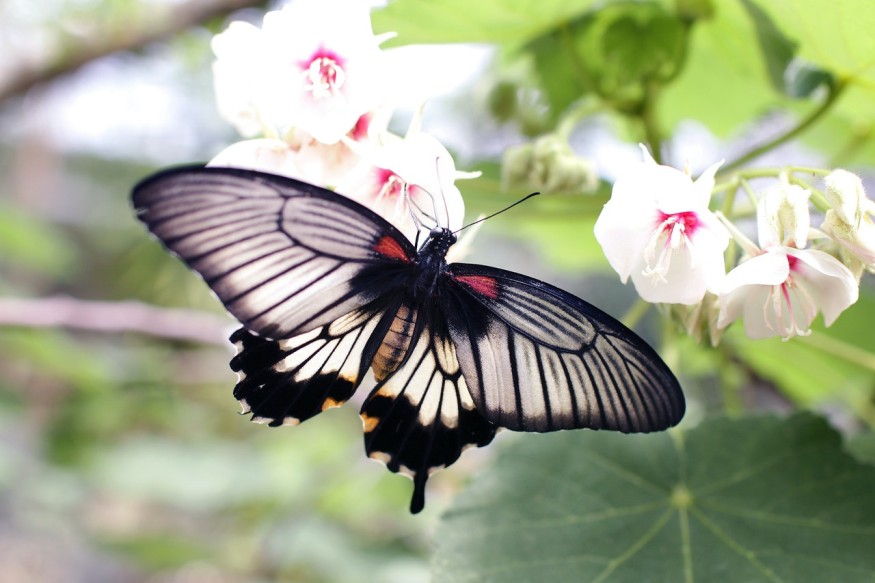With millions of known species, insects are the most diverse group of organisms on the planet. Conservative estimates show that there are millions of them waiting to be found. However, extinction mainly due to anthropogenic activities may be outpacing the rate of discovery, with many species disappearing way before researchers discover their existence.
Mapping the Diversity of Glasswing Butterflies

In order to properly conserve the millions of insects, scientists must first be able to find out where the species lurk. While distributions of animal and plant groups have been extensively mapped in the past, comparatively little is known of the whereabouts of the insects of the globe.
In a study published in the journal Diversity and Distributions, titled "Anthropogenic pressures coincide with Neotropical biodiversity hotspots in a flagship butterfly group," researchers were able to create the most detailed mapping distribution to date of butterflies in the American tropics. The results showed areas of the highest diversity, which coincided with regions most threatened by development and deforestation.
First-Ever Detailed Map of Glasswing Butterflies
The study focused specifically on Ithomiini or glasswing butterflies, a large butterfly group with almost 400 species that occur through much of Central and South America, reports ButterflyIndentification. Five percent of the glasswing diversity is in the slopes of the Andes Mountains. Some of them are in the highlands of Central America and Brazil's Atlantic coastal forest. Their pervasiveness may make them a good indicator of the status and fate of other insects within the region.
Andes is among the world's highest mountains and supports a large number of species. However, some areas are at a high risk of habitat loss as the land are converted for agriculture. The map highlights the need for conservation efforts the area.
Keith Willmott, the co-author of the study and director of the Florida Museum of Natural History, explains that the team wanted to understand the diversity of insects in general. They want to concentrate on groups that can reflect the diversity of all insects and that they have good knowledge of.
The namesake of glasswing butterflies is based on their unusually transparent wings marked with bright, colorful spots of alternating patterns and hues. Like many of the other butterfly species, like the well-known monarchs, these markings serve as a warning. Male glasswings feed on the nectar and tissues of poisonous plants, concentrating the toxins in the insect's abdomen and passing them to females when mating. The toxins, such as alkaloids, give butterflies and eggs a bitter taste that makes them unpalatable to animals.
However, would-be predators of the species aren't born innately knowing not to earth the glasswing butterflies, instead of learning via trial and error. As a result, many of the species have evolved similar wing patterns that give them strength in numbers.
Willmott explains that since various species share the same warning color patterns, they can share the overall cost of educating predators to avoid them. The resemblance known as Mullerian mimicry has been helping glasswing butterflies survive and diversify in various habitats of the tropics, but it comes with a cost. While the strategy is effective when all of the species resemble one another, the extinction of any one species could jeopardize the survival of others, reports PhysOrg.
The culmination of several decades of work for the team shows that glasswings are highly diverse in parts of their range, including the Amazon River basin, where their see-through wings help them blend against the forest's backdrop
The detailed map of the glassing butterflies will help researchers identify new species and support their conservation efforts.
Check out more news and information on Biology in Science Times.
© 2026 ScienceTimes.com All rights reserved. Do not reproduce without permission. The window to the world of Science Times.











